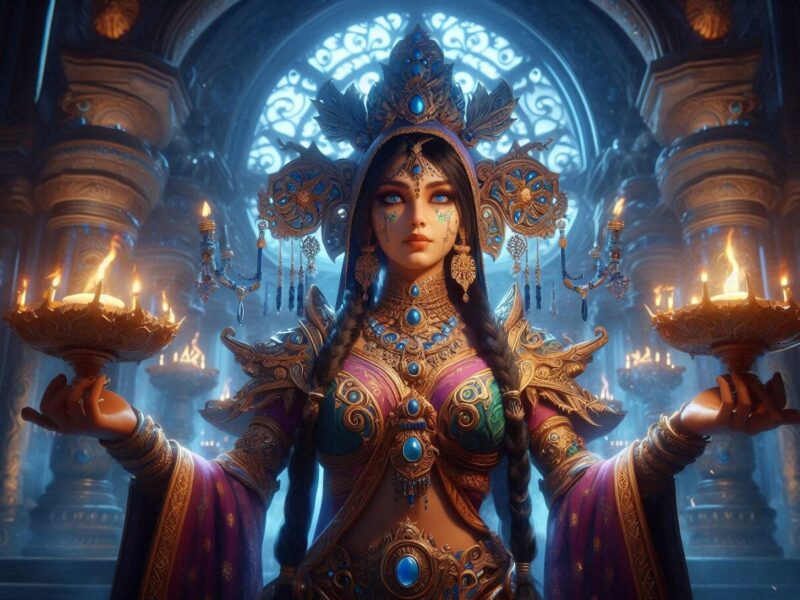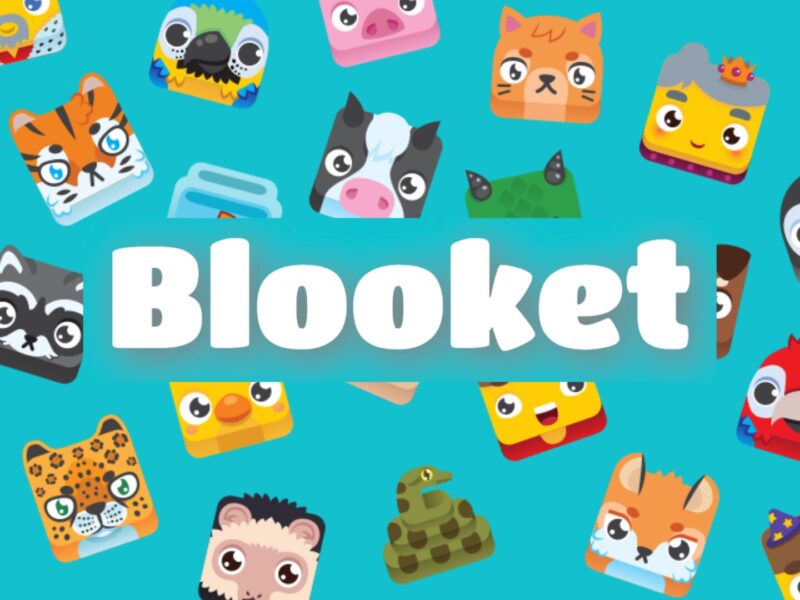Played Every Pokémon Game it’s more than a nostalgic journey; it’s a true test of endurance, strategy and passion.
For many it’s a dream challenge. For some, like Reddit user Volman99, it’s a completed quest that inspired a global community of trainers.
This article dives into what it truly means to have played every mainline Pokémon game from preparation and team strategy to the emotional highs, the grind and the lasting impact on the fandom.
The Concept: What Does It Mean to Play Every Pokémon Game!
Playing every Pokémon game can mean different things to different people. For this challenge, the parameters were specific and rigorous:
- Only mainline titles (no spin-offs like Pokémon Mystery Dungeon or Pokémon GO)
- Completion of each version per generation (e.g., Red, Blue and Yellow not just one)
- Playing with entirely unique teams, with no Pokémon repeated across all games
- No trading between versions or using external tools
- Completion of the main story in each game
This turns a standard playthrough into a complex strategic exercise requiring careful planning from the very first game.
Timeline of the Pokémon Mainline Games
To understand the scope, here is a table of all the mainline Pokémon games included in this marathon:
| Generation | Region | Games | Year Released |
| Gen I | Kanto | Red, Blue, Yellow | 1996–1998 |
| Gen II | Johto | Gold, Silver, Crystal | 1999–2001 |
| Gen III | Hoenn | Ruby, Sapphire, Emerald | 2002–2004 |
| Gen IV | Sinnoh | Diamond, Pearl, Platinum | 2006–2008 |
| Gen V | Unova | Black, White, Black 2, White 2 | 2010–2012 |
| Gen VI | Kalos | X, Y | 2013 |
| Gen VII | Alola | Sun, Moon, Ultra Sun, Ultra Moon | 2016–2017 |
| Gen VIII | Galar | Sword, Shield | 2019 |
Total games played: 22
Strategic Planning: Building Unique Teams
Team Composition Rules
One of the core rules in this challenge was no repeating Pokémon across the entire marathon. That means if a Gyarados was used in Pokémon Red, it couldn’t appear again in any future team ever.
Strategies for Team Diversity
To keep teams unique, players must:
- Track Pokémon usage across all games
- Plan future teams before starting the current one
- Prioritize Pokémon with limited game availability
- Save popular or strong Pokémon for later generations
Generation-by-Generation Experience
Generation I: The Foundations of Kanto
Starting in Kanto, the player must build three distinct teams for Red, Blue and Yellow using only the original 151 Pokémon.
This limits flexibility early and requires smart decisions to avoid blocking strong Pokémon for later.
Generation II: Expanding with Johto
New Pokémon arrive, but with crossover availability of Gen I Pokémon, it becomes harder to maintain team uniqueness. Managing the mix of old and new Pokémon becomes a key task.
Generation III to V: Rising Complexity
As new generations added 100+ Pokémon each, they also included remakes and sequels. Games like Emerald and Black 2 required more distinct rosters.
Four games in Gen V alone meant over 24 unique Pokémon just for that generationwithout repeats.
Special Moments and Milestones
Memorable Highlights
The marathon wasn’t just grind it featured moments of joy, luck, and community excitement:
- Pokerus infection happened three times an ultra-rare boost to training
- A random shiny Solosis was caught, an incredible stroke of luck
- Emotional nostalgia from revisiting childhood regions and soundtracks
Bullet Point: Unexpected Encounters
- Pokerus (rare virus that doubles EV gains) encountered: 3 times
- Random shiny Pokémon caught: Solosis
- Fastest game completed: Pokémon X (shorter main story)
- Longest grind: Ultra Moon (long cutscenes and pacing)
The Burnout Factor
Psychological and Physical Demands
Even for seasoned fans, fatigue becomes a real issue. Long grinding sections, repeated storylines and keeping track of dozens of unique teams can take a toll.
There were times I wanted to quit, but the support from Reddit really kept me going, shared Volman99.
Community Engagement: A Movement Begins!
Sharing on Reddit
The Reddit thread chronicling this journey became a hub for:
- Game screenshots and team recaps
- Strategic advice from other trainers
- Motivation for others to try the challenge
Community Response
- Hundreds of upvotes and comments
- Inspired multiple spinoff challenges (e.g., No Evolution Run, One Type Only)
- Created a template spreadsheet for tracking teams
Conclusion
Played Every Pokémon Game it’s not just a nostalgic marathon, but a true testament to strategic depth, emotional resilience and love for the franchise.
This journey showcases the richness of the Pokémon universe and the lasting passion of its global community.
If you’re looking for a bold and rewarding way to experience Pokémon, consider taking on your own version of the Played Every Pokémon Game challenge.
You’ll walk away with a deeper appreciation for every region, every team and maybe even rediscover your inner Pokémon Master.
Ready to start your ultimate Pokémon journey? Discover strategies, stories and tools from this legendary run only at everytalkin
FAQs
How many Pokémon games were completed in this challenge?
A total of 22 mainline Pokémon games from Gen I to Gen VIII were completed.
Why weren’t spin-offs or remakes included in the run?
To maintain focus and reduce redundancy, only original mainline versions were played.
What was the biggest challenge during the run?
Managing unique teams without repeating any Pokémon across 22 games was the toughest strategic element.
How long did it take to complete all the games?
While the exact duration varies, most players spend several months due to the planning and grinding involved.
What tools helped track progress during the challenge?
A detailed spreadsheet was used to log Pokémon teams, avoid repeats, and plan future games.
Can newcomers to Pokémon try this challenge?
Yes! It’s a great way to dive deep into the franchise, though starting with fewer generations is recommended for beginners.


